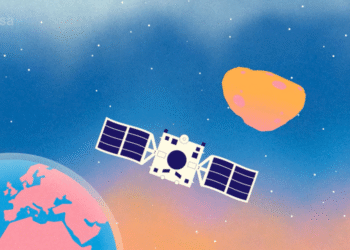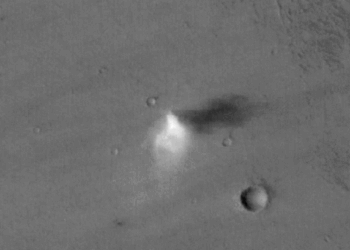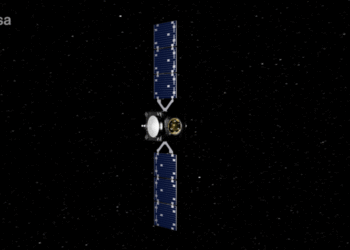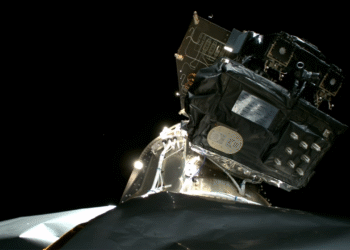NASA’s Curiosity Rover has officially started its 14th year on Mars as it continues its mission to explore the Gale Crater. The rover is currently focusing on examining rocks with unique chemical compositions, referred to as “veins,” which could provide scientists with crucial insights about the planet’s past environmental conditions.
As Curiosity embarks on this new phase of exploration, it has been equipped to perform detailed analyses of these veins. The composition of these structures suggests that water once moved through fractures in the rocks, depositing minerals that later solidified into veins. Understanding these formations helps researchers piece together the ancient climate and geological history of Mars.
During this mission phase, the team is overcoming communication challenges that come with ensuring that data is accurately transmitted back to Earth. This involves carefully scheduling data uploads to align with the rover’s operational windows.
Ongoing Discoveries
The mission team is excited about what the ongoing analysis might reveal. As the rover traverses new terrain, scientists are hopeful that further investigations will shed more light on the potential habitability of the region billions of years ago.
Curiosity’s endurance and continued functionality after so many years of operation are a testament to the robust engineering behind the project. As it continues to gather data on these ancient Martian veins, the rover remains a crucial asset in deepening our understanding of the Red Planet.
For more details, you can read the full update on the NASA Science Blog.






















